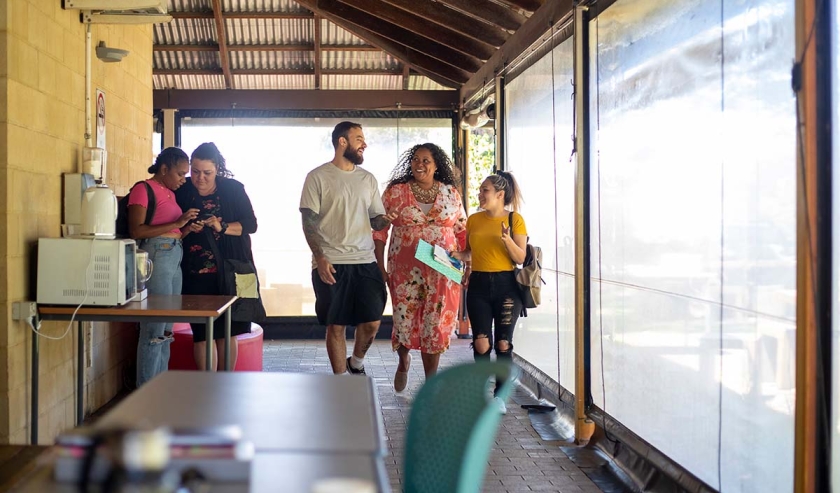CEI worked with the Queensland Department of Child Safety, Youth and Women to create a series of Evidence and Gap Maps on child and family services programs, to support the work of the Department and contribute to the greater uptake of evidence in practice and policy.
EGMs provide a visual overview of the availability of evidence for a particular sector, and are useful for policymakers and practitioners looking for evidence to inform policies and programs. For donors and researchers, these maps can inform a strategic approach for commissioning and conducting research.
In this case, the EGMs focused on programs and services relating to child maltreatment, out-of-home care, trauma-informed practice, young people with high-risk behaviours and their families, and domestic and family violence. CEI drew on its expertise in evidence synthesis and mapping to source and review relevant material through a comprehensive search of published literature, and to translate the information into a set of EGMs.
The EGMs mapped out existing and ongoing systematic reviews and impact evaluations across the five service areas, and provided a graphical display of areas with strong, weak or non-existent evidence on the effect of interventions or initiatives. The EGMs also highlighted specific findings relating to Aboriginal and Torres Strait Islander people and to studies carried out in Queensland, other Australian states and territories, and New Zealand.
This work provides the Department with sufficient up-to-date information about the evidence base ensuring it is aligned with its strategic plan and tailored to the Queensland context, providing a tool for the Department and any other intended audiences to access current best evidence, which they can then use to examine the effectiveness of programs, practices and models.
